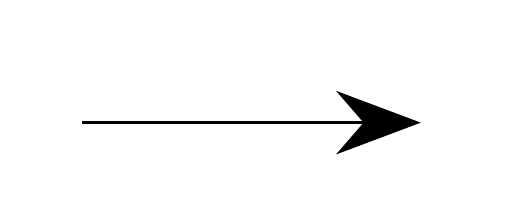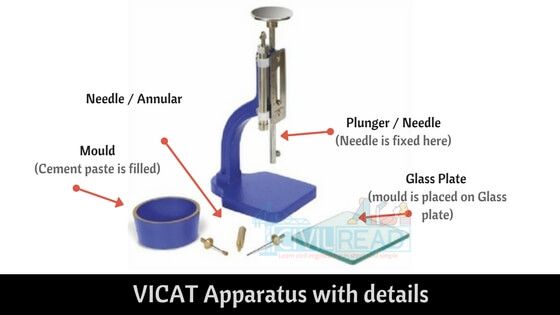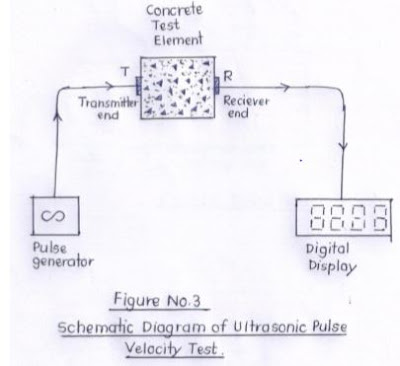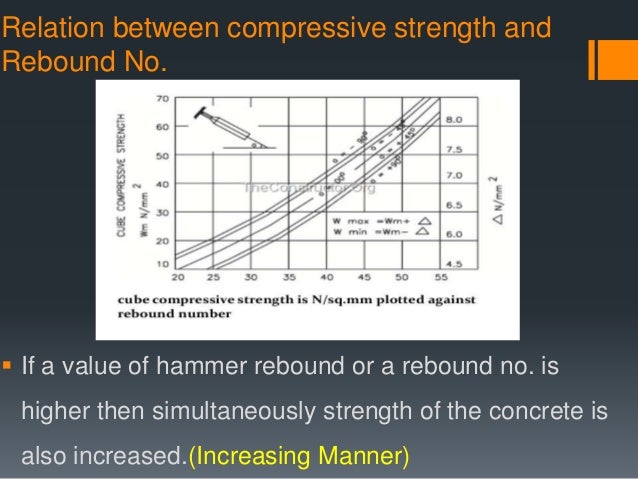SEWAGE TREATMENT PLANT
FLOW CHART OF THE COMPONENTS OF THE
SEWAGE
TREATMENT PLANT VISITED
1.RAW SEWAGE  2.SUMP HOUSE PUMP
2.SUMP HOUSE PUMP  3.COARSE BAR SCREEN
3.COARSE BAR SCREEN  4.FINE BAR SCREEN
4.FINE BAR SCREEN 5.GRIT CHAMBER
5.GRIT CHAMBER 6.WET WELL
6.WET WELL 7.PUMP
7.PUMP 8.INLET
8.INLET 9.AERATION (AIR DIFFUSION METHOD
9.AERATION (AIR DIFFUSION METHOD 10.SETTLING
10.SETTLING 11.CHLORINE
11.CHLORINE
ADDITION  12.KHADI
12.KHADI
RAW SEWAGE
Raw sewage is wastewater that has not been treated. It comes from residential properties, like houses and apartments, as well as commercial buildings and industrial and agricultural processes. Essentially, it is the liquid waste that comes from houses and businesses. Not surprisingly, it can contain a wide variety of contaminants and present a health hazard if left untreated where humans or animals can come into contact with it. For example, sewage may overflow from a sanitary sewer after a period of very heavy rainfall.
Raw sewage often contains urine and feces from toilet flushing as well as other types of human waste; it may also contain such things as toilet paper
SUMP HOUSE PUMP
Sewage lift/pump stations are used for pumping wastewater or sewage from a lower to higher elevation, particularly where the elevation of the source is not sufficient for gravity flow and/or when the use of gravity conveyance will result in excessive excavation and higher construction costs.
Sewage lift stations/pump stations may be used as a matter of economics or to overcome inadequate hydraulic head when it is obvious that no other solution is practical. For instance, it may be more economical to utilize a sewage pump station to pump or lift the sewage over a ridge and let it flow by gravity to a sewage treatment plant, or to elevate sewage to pass through a sewage treatment system by gravity.
BAR SCREEN:
A bar screen is a mechanical filter used to remove large objects, such as rags and plastics, from wastewater. It is part of the primary filtration flow and typically is the first, or preliminary, level of filtration, being installed at the influent to a wastewater treatment plant. They typically consist of a series of vertical steel bars spaced between 1 and 3 inches apart
Coarse bar screen


GRIT CHAMBER
A chamber designed to remove sand, gravel, or other heavy solids that have subsiding velocities or specific gravities substantially greater than those of the organic solids in wastewater
Pretreatment may include a sand or grit channel or chamber, where the velocity of the incoming sewage is adjusted to allow the settlement of sand, grit, stones, and broken glass. These particles are removed because they may damage pumps and other equipment. For small sanitary sewer systems, the grit chambers may not be necessary, but grit removal is desirable at larger plants.
AERATION (AIR DIFFUSION)
Fine bubble diffusers produce a plethora of very small air bubbles which rise slowly from the floor of a wastewater treatment plant or sewage treatment plant aeration tank and provide substantial and efficient mass transfer of oxygen to the water. The oxygen, combined with the food source, sewage, allows the bacteria to produce enzymes which help break down the waste so that it can settle in the secondary clarifiers or be filtered by membranes. A fine bubble diffuser is commonly manufactured in various forms: tube, disc, plate, and dome.
SETTING TANK
A sedimentation tank allows suspended particles to settle out of water or wastewater as it flows slowly through the tank, thereby providing some degree of purification. A layer of accumulated solids, called sludge, forms at the bottom of the tank and is periodically removed.
Suspended solids present in water having specific gravity greater than that of water tend to settle down by gravity as soon as the turbulence is retarded by offering storage.
Basin in which the flow is retarded is called setting tank.
Theoretical average time for which the water is detained in the settling tank is called the detention period
CHLORINATION
Water chlorination is the process of adding chlorine or hypochlorite to water. This method is used to kill certain bacteria and other microbes in tap water as chlorine is highly toxic. In particular, chlorination is used to prevent the spread of waterborne diseases such as cholera, dysentery, typhoid etc






